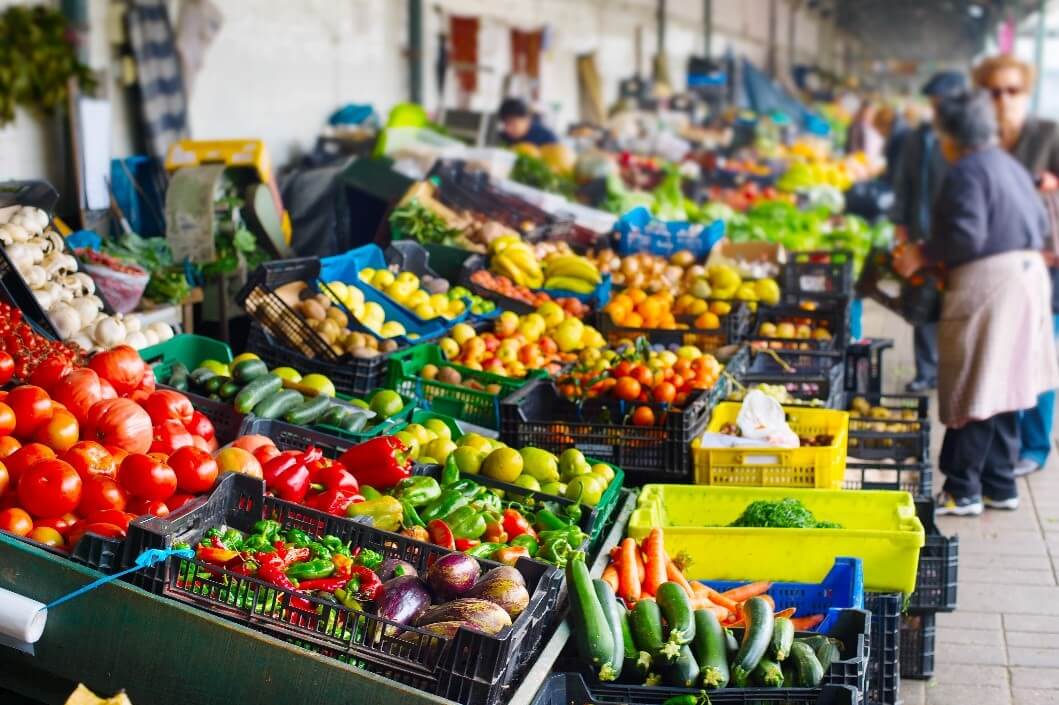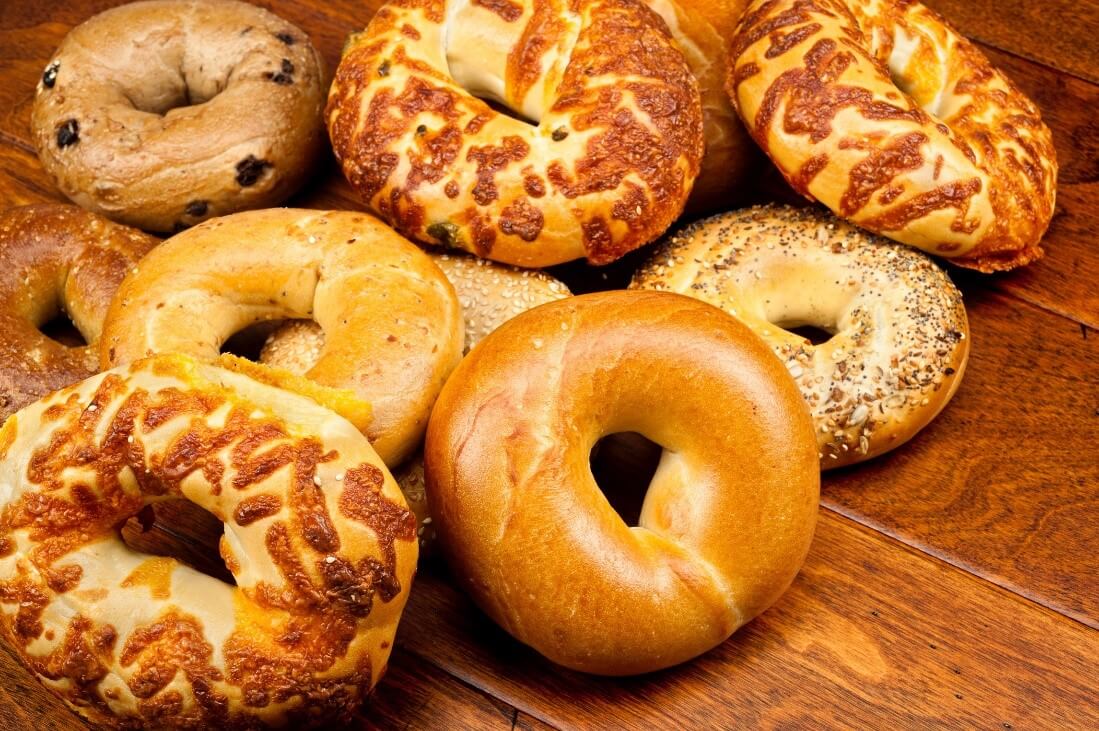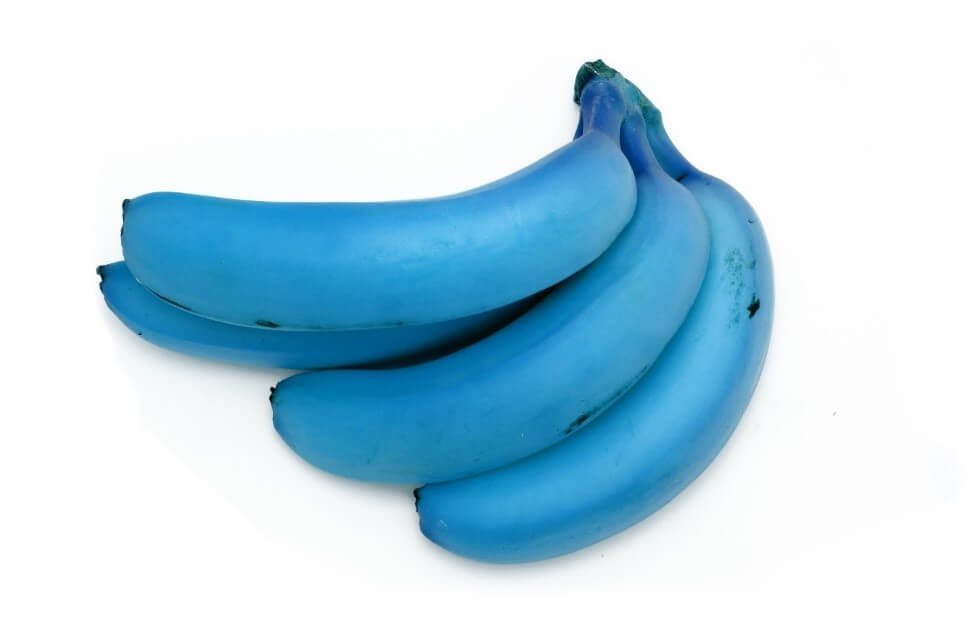Don’t get us wrong, they probably exist, but it’s definitely NOT the paint job most people would picture if asked to imagine a glorious, expensive, high-powered sports car, and there’s some psychology behind that, as we’ll see in just a minute.
As we outlined in Part 1 of this series, people are practically wired to associate colors with meaning, and a thorough understanding of these associations can have a huge impact on your products’ sales. While there aren’t any hard-and-fast rules, researchers have uncovered general guidelines based on what’s referred to as ‘associative learning’, which in this particular context is the relationship between color and emotion. The colors you choose to use for your products can make or break your bottom line. Here’s how:
Bright colors ‘pop’: think fruits, sweets, and desserts. Combining colors in interesting ways can make fun foods like candies even more exciting.



